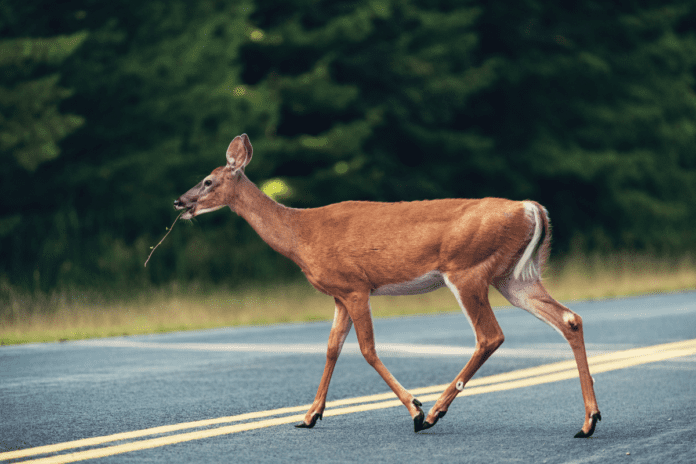By: Nick Gambino
In the state of Colorado, car accidents involving wildlife are far too common. The Colorado Department of Transportation reports that there are over 4,000 animal-related vehicle accidents a year and this results in about $80 million worth of damage.
While there are detection sensors on some roads meant to alert drivers to wildlife nearby, they apparently don’t work very well. Now four female high school students are looking to solve that, inventing a portable device that will detect animals with higher accuracy.
The computer science engineers invented the detection device they’re calling Project Deer as part of the Samsung Solve for Tomorrow competition. While they made it to nationals but didn’t win, the invention has some real potential and there’s some genuine interest in bringing it to market.
What makes the device unique is its use of thermal imaging and AI to interpret those images. By detecting the heat signature of living creatures like deer, bears and foxes on the side of the road and in flanking forests, Project Deer can see what’s there in dark or other low-visibility conditions.
“The use of infrared is definitely new and something that hasn’t been done before,” the team leader, Siddhi Singh, said to CBS News back in June.
AI has come a long way in the last year and if a model could be trained on quickly, or even instantly, interpreting those heat signatures, then drivers could receive an immediate alert to avoid creating more roadkill. This alert would come through a small mounted device and would nudge the driver to be extra vigilant, slow down and generally drive safer until they’ve passed the animal.
Apparently Audi is already interested in the promise of Project Deer. If a big auto manufacturer bought or licensed the wildlife detection device, then we might even see the technology outfitted into a car. Those in areas with a large wildlife population, like Colorado, could choose to add the detector to their car upon purchase.
This new tech promises to be a big step forward in helping cars avoid collisions in rural areas. And it all came from a team of high school students. Amazing.










